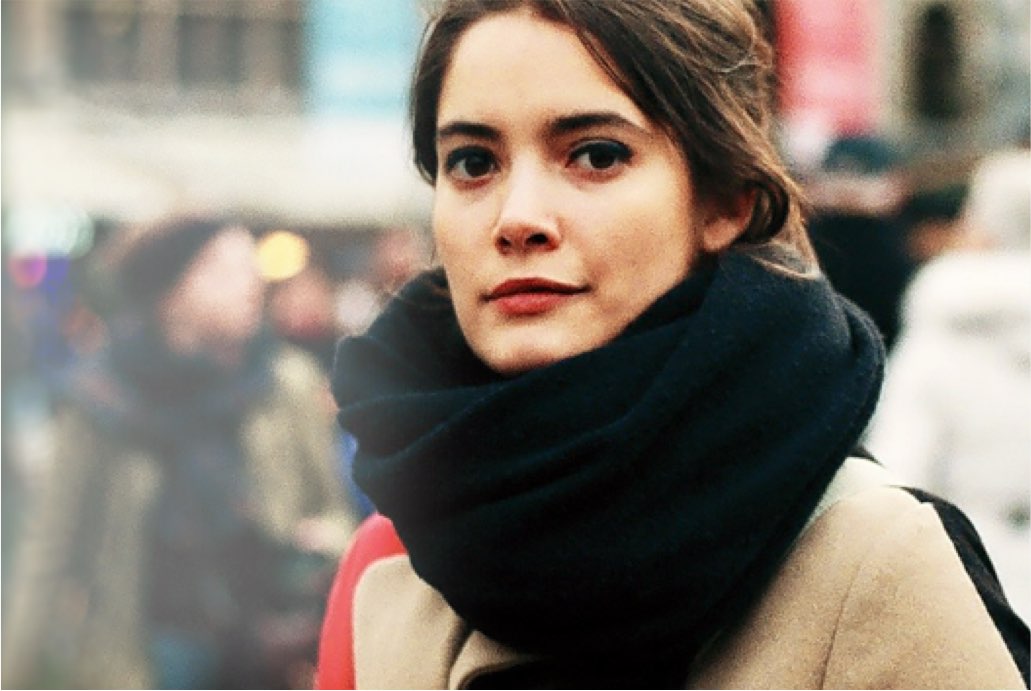Impars Project
Coordinator: Núria Garí
Interview
Text: Jaume Figa i Vaello
It was because of my final degree project called SanctaSanctorum – which was a perhaps “transgressive” and “innovative” method for designing traditional religious cards – that you contacted me, right?
It seems so… but you appear to be asking this in a surprised tone
Yes, of course. The truth is that I thought that my project would not have much of an impact. Well! It was already great news that the project helped me to finish my degree and when it was also awarded that meant that I was able to do a Postgraduate degree in Publishing and work in that field which I like very much. But…, yes, that call did surprise me. Knowing it [my project] could be successful and that someone would like to support my work made me feel very flattered!
Why did you study graphic design?
I’m not really sure, although I was very sure that it was what I wanted to do professionally. In 3rd year I started a work placement in a design studio where I continued to work for 4 years. I can see now that it was a good decision since I learned the most through that job. At university they show you the tools, but you don’t get your hands dirty until you really get involved.
But talent must also come into it, right?
I think it is a bit of both, you can have talent, but you can also create talent.
What is art?
I think that art is what makes you feel emotions, brings back memories and provides sensations. The most interesting thing of all is that each person has their own definition of art.
Etsuro Sotoo, a Sagrada Família sculptor, used to say that art brings you closer to God, to Beauty, in capital letters…
You might say that the purpose of art is to bring us closer to explaining the inexplicable, a bit like faith. We could talk about this for hours!
How would you define your own art?
I don’t think of myself as an artist. I’m just a designer. For me the fundamental difference is that design has a specific function. It leaves nothing to chance and is not created just to be “pretty”. Bruno Munari used to say that a designer is a planner with very good aesthetic tastes, and I completely agree with him.
However the collage technique that you use is pretty artistic…
I have to confess that my initial idea was to create vector graphics, which was much more of a trend at the time. In the end, my tutors suggested that I moved away from the most typical route. And listening to them has been positive.
The greatest artists are the ones that have been able to move away from the typical, don’t you think?
Absolutely. Also people who with the few dissemination tools they have still manage to make themselves known around the world. With the internet and all the media sources we have now it is easier to display our work.
Why do you think that vintage is in fashion right now?
I’m not sure, maybe because with computers we no longer take a detailed approach to things and we miss everything people used to do, which was manual, more intricate and had more personality.
Is there currently a lack of designers with personality?
There are lots of designers at present, which makes it more difficult to stand out and be different. In any case, I think it’s good that the number of designers is increasing, since Spain has always lagged behind many European countries when it comes to design. It’s a good way of promoting this profession and making it understood. If people don’t understand design ¾its function and results¾, there is no demand.
What technique do you feel most comfortable with? Would you (or will you) change this?
For me font is the most important thing, it is the main backbone of each piece but I would like to think that there is still a lot to learn and that we will never know it all.
What influences you?
Anything, a film, a sign in a shop, an expression, a magazine, something on the street…
You say that you are willing to laugh at anything: what makes you laugh the most and then sometimes turns into an idea?
People. But I don’t laugh at them. I laugh to have fun. Ideas often come from feelings or memories that stick with us. In fact, my final degree project was the result of a conversation I had with my grandmother: she used to pray to Saint Rita for me to find a partner ¾as grandmothers do¾, and, laughing, I asked her why that particular saint. Her answer made me laugh even harder: Saint Rita is the patron saint of impossible causes.
What projects would you like to work on?
I’m always complaining that I’ve got too much on my plate, but when it comes down to it I like being on the go. I always say yes to projects that in one way or another I find challenging.
What does “Barcelona” mean to you?
Colour.
“Design”?
Order.
“Different” and “strange”?
Challenge and special.
“City” and “village”?
Speed and silence.
What do you need to be inspired?
To focus on what I’m doing and forget about everything else for a while.
So a little like an artist would do…
I’m not entirely sure… I don’t like leaving anything to chance!




